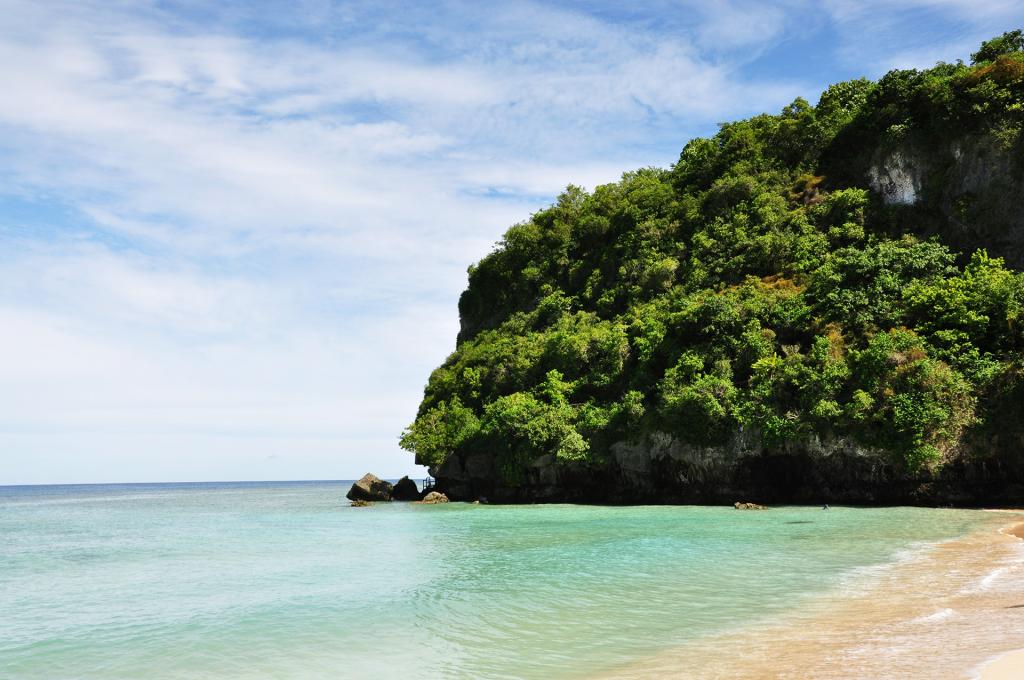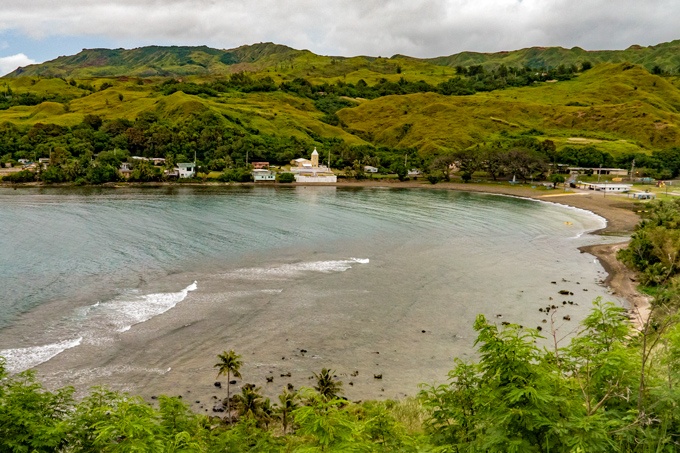If you’re just moving to Guam or visiting for a few days it’s always good to know a little bit about the island. Here are 20 things you should know about Guam!
WHERE AMERICA’S DAY BEGINS
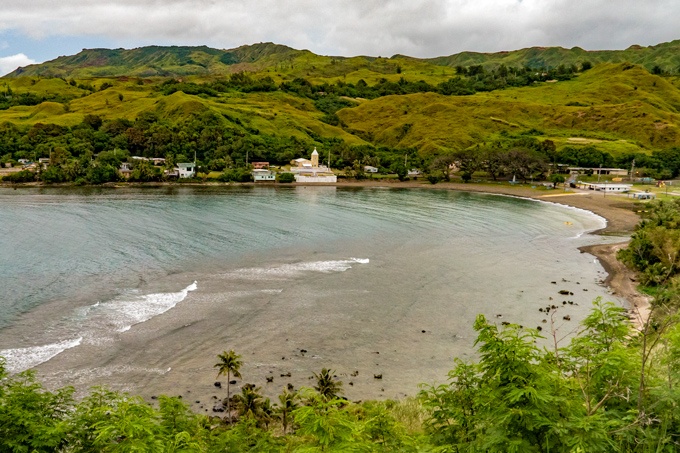
It’s an unofficial slogan for Guam since the island is U.S. soil and ahead in the international dateline. It’s 14 hours ahead of the U.S. east coast. Sometimes people on Guam with family in the states will say hello from the future. There’s some perks being in the “future” including being able to catch movie premieres before the rest of the U.S.
THE LOCAL GREETING
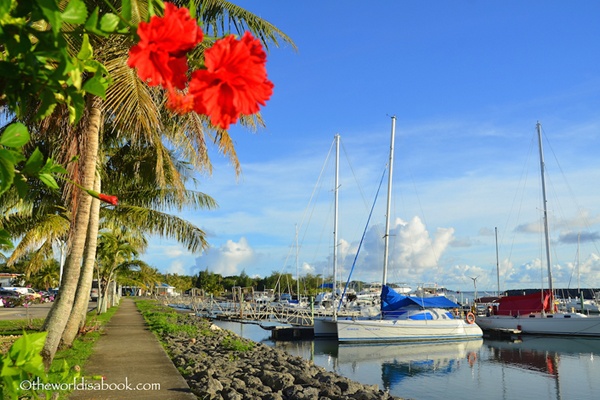
Guam’s version of “Hello”, which is Håfa adai, is an easy phrase to learn to impress the locals. A simple Håfa Adai shows you have interest in the native CHamoru people of Guam. And it’s a greeting you’ll hear everywhere on the island.
UNIQUE LOCAL CUISINE
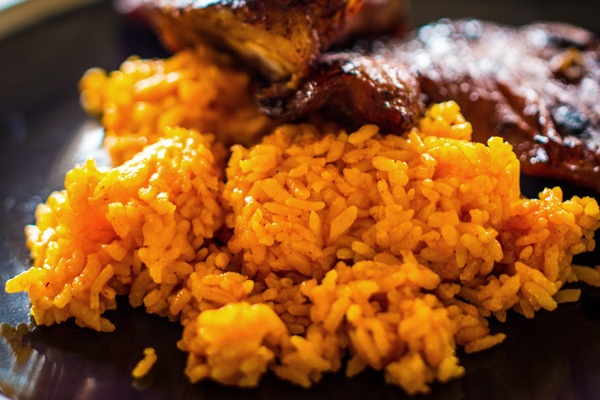
Guam cuisine has evolved over the years to reflect its diversity. It has pulled influences from Spain, Philippines, Japan, Korea and America. Try red rice which is made from achiote/annatto seeds which gives it a unique flavor and reddish orange color. Barbecued meats are another staple and are marinated in vinegar, soy sauce and onion.
Kelaguen a dish similar to ceviche is another staple. Its most popular form is using barbecued chicken, but locals make kelaguen with fish, shrimp, beef and even deer. Lemon juice or powder is used along with onions and grated coconut. See Traditional Foods on Guam Every Traveler Must Try and 16 mouth-watering Chamorro recipes
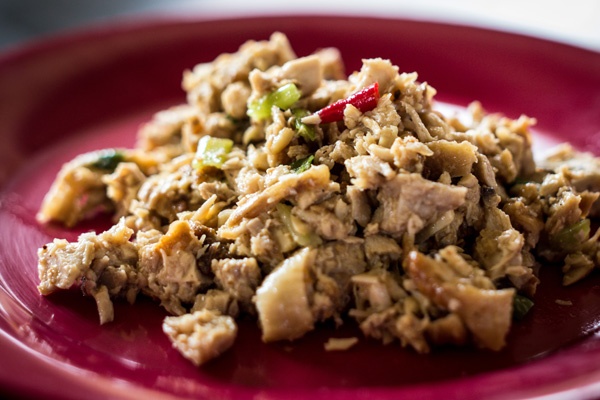
Other local favorites are pancit, which comes from the Philippines and lumpia, which are popular throughout Asia and a cousin of egg rolls. From Korea, the locals marinate cucumbers and daikon in kimchi sauce for a crunchy side dish.
FESTIVALS AND FIESTAS
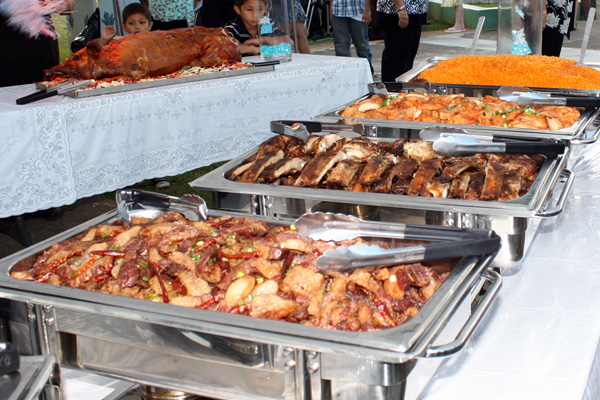
Guam has 19 villages and each one has a fiesta, a feast honoring the village’s patron saint. These big parties are great places to go to try local food since the table is filled with all sorts of dishes. The Guam Visitors Bureau has worked with villages around the island to help host fiestas for tourists to come and enjoy so check them out for future events.
The villages also hold various festivals throughout the year highlighting crops grown on the island including mango, banana and donne’ or chili pepper. The festivals have entertainment, food and various vendors selling unique Guam items. There’s even an annual BBQ Block Party where you can try the best bbq the island has to offer.
Locals are known to invite random strangers to their beach barbecue or party so don’t be surprised if you walk down the beach and someone asks you to join them. The hospitality is one of the great things about Guam.
LIBERATION DAY
The biggest annual, islandwide celebration is Liberation Day on July 21. The United States freed Guam from several years of Japanese occupation during World War II on July 21, 1944. Guam is still an unincorporated United States territory granting its people U.S. citizenship and a non-voting delegate in Congress.
This islandwide event includes a parade, a multi-day carnival, ceremonies and plenty of home parties and barbecues.
THE DRINK CHOICES
Guam’s heat and humidity can be intense and grabbing something cold and refreshing is a great way to cool down. Locals like to stop by mom and pop stores on their way for canned coffee, bottled iced teas and other cold beverages. You can also grab a drink from one of Guam’s local coffee shops like Infusion. See 10 Guam Cafes with Great Vibes. There are also drive-thru coffee spots like Island Girl Coffee and Slingstone Coffee if you're on the go. If you’re looking for something alcoholic, several places serve beer and seltzers made locally on island including Carabao Brewing, The Guam Brewery and Antigu Brewing. See
THE SECRET SAUCE
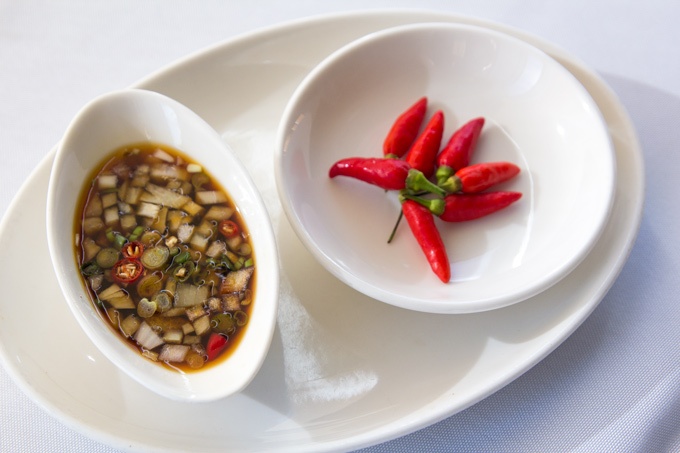
Fina’denne’ (pronounced Fee-na-de-nee) is a concoction of vinegar, soy sauce, lemon and/or onions. It’s a delicious sauce that elevates many dishes and you’ll often get it at restaurants without asking. Watch out because it can be addicting and you may find yourselves wanting to use it with everything. You can learn how to make it here.
DO THE CHA CHA
If you wanna dance with a local, knowing how to cha cha will impress them since it’s a go-to dance move at parties and even at clubs. Get your cha cha on and spin your partner to add a fun twist to the dance.
LOCAL LEGENDS AND FOLKLORE
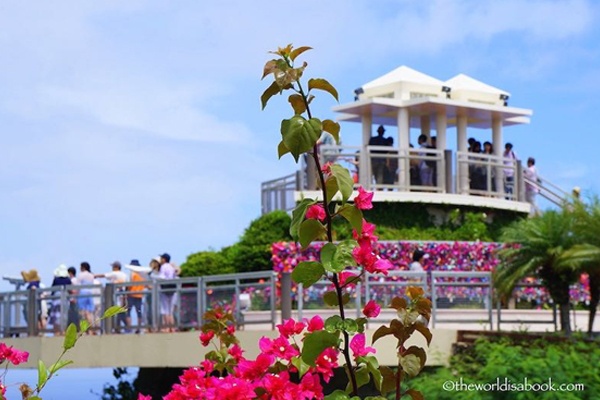
There’s several local legends and folklore that you can experience in real life. Guam’s most popular tourist attraction is Two Lover’s Point. This park and lookout point was based on the legend of two young, star-crossed lovers who tied their hair and jumped from this cliff. There were legends of mermaids, coconuts and even the water buffalo or carabaos.
The legend of the mermaid Sirena, who turned into half-woman, half-fish, after not doing what her mother asked, is another legend that’s been passed down. Visit the mermaid at Sirena Park in Hagåtña which has an old Spanish bridge, a perfect spot for photos.
If you happen to find yourself going into the jungle or needing to use the restroom outside it’s best to ask permission before you do so. CHamorus believe the spirit of their ancestors, or taotaomona, live in these places and they should be treated with respect. Not asking permission could lead to you getting sick, according to local folklore.
LATTE STONES
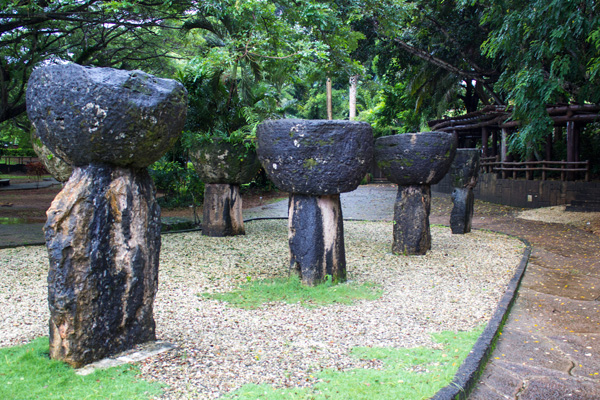
One architectural element very unique to Guam and the neighboring islands is called latte. Nope, this has nothing to do with coffee. The ancient CHamorus used latte for foundations for homes and sacred places. The two separate pieces of a pillar, or haligi, and a mounted capstone, or tåsa, were made of limestone or basalt rocks. The latte have become Guam’s symbol. There’s even an 80-foot observation point called Latte of Freedom to symbolize the island’s culture and heritage.
NO GPS NEEDED
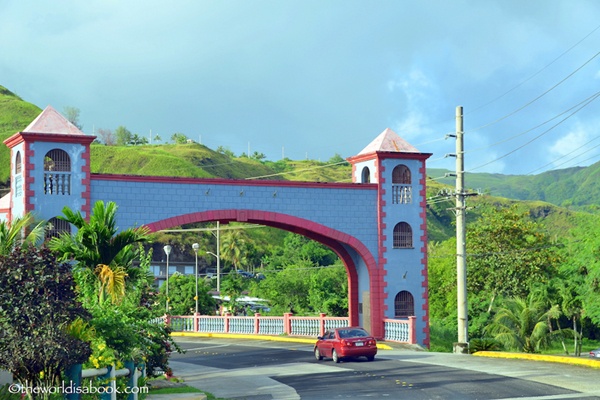
If you’re driving on Guam it’s hard to get lost. At about 32 miles long and at most 8 miles wide there aren’t many roads to get lost on. There’s one main road that you can stay on that goes all around the island. Most locals don’t use maps to get around, but use familiar landmarks like buildings to give directions. For example, if you’re trying to get to GPO a local may tell you to look out for the ITC Building and depending on which way you’re coming to turn left or right once you see it.
THE CATHOLIC FAITH
With Spain colonizing Guam for hundreds of years the Catholic faith continues to be the largest religious affiliation on the island. Spring break is during Holy Week which leads up to Easter and Guam even has holidays on All Souls Day and the Feast of the Immaculate Conception on Dec. 8. This day is especially important because it celebrates the island’s patron saint, Santa Maria Kåmalen, and there’s usually a procession with thousands of people walking the streets of Guam’s capital.
GOOD FRIDAY HIKE
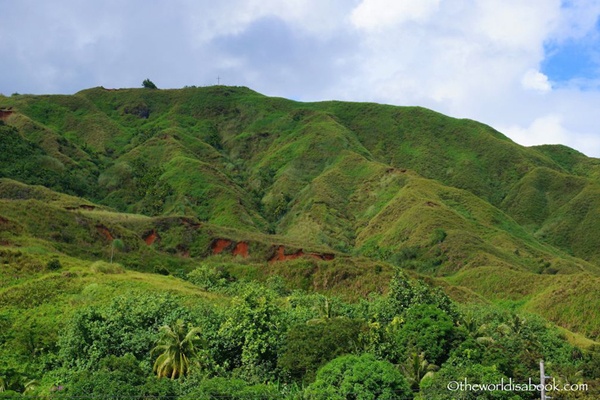
It’s no surprise with its Catholicism that islanders gather to hike and climb the top of Mt. Jumullong (pronounced Hu-mu-yong) Manglo every Good Friday. This hike to the over 1,200-foot summit involves stopping and praying the Station of the Cross along the 14 white crosses on the trail. There is also a procession where a team of people carries a heavy, wooden cross to the top to reenact Jesus’ sacrifice and carrying of the cross. Many crosses, from years past, adorn the mountaintop.
WEAR THOSE ZORIES!
Understandably, flip-flops or thong sandals are pretty common footwear on the island and especially the beach. The more common term for these though is slippers or zories in Guam which is borrowed from Japan. If you ask a local about flip flops they might not understand what you mean so go with zori for a better understanding.
NIGHT MARKET
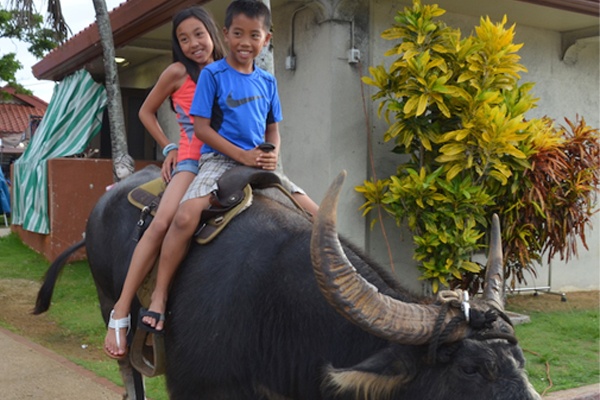
If you want to see and experience a weekly island festival with some of the best local food around, then head to the Chamorro Village for the Wednesday Night Market There is also entertainment and cultural performances. Visitors can even go on carabao rides here.
SNAKE PROBLEM
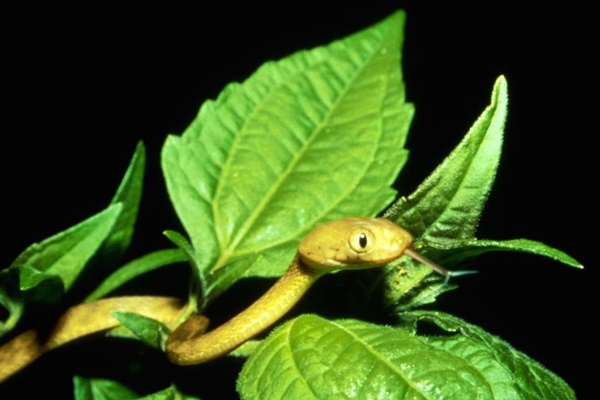
If you look up Guam online, you may find articles talking about how infested it is by brown tree snakes. You might be afraid to set foot on the island at the thought of all the snakes you may encounter once you land. But don’t be afraid as even locals don’t see snakes very often. They prefer to come out at night and prefer the jungle over being around humans.
KO’KO’ BIRD
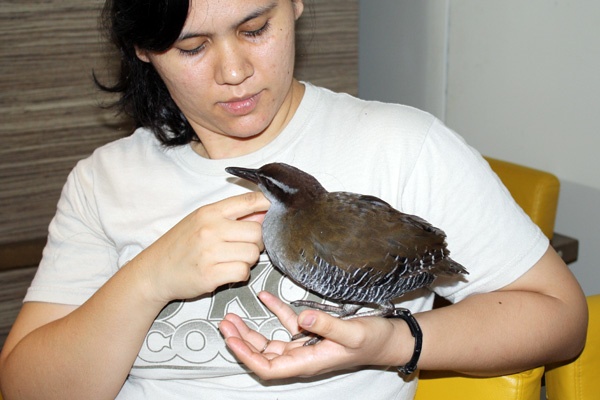
The island’s territorial bird is the Guam Rail or ko’ko’ bird. This flightless bird with a brown head, short wings and gray bill bird was once widespread in Guam. But, it was on the verge of extinction due mainly to the brown tree snakes.
There have been various continuous conservation efforts to save the ko’ko for the past 20 years. Some birds have been released into the wild on Cocos Island which is a resort island a few miles off Guam as well as the neighboring island of Rota.
BETEL NUT CHEWING
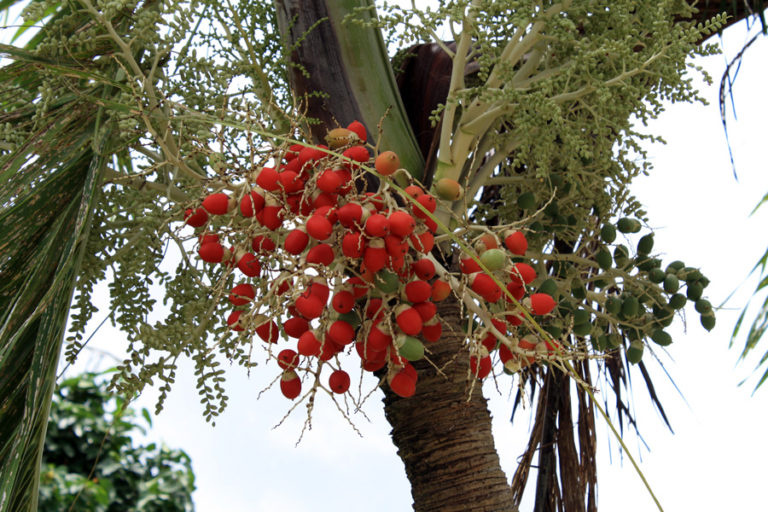
Some islanders chew these hard, red, palm nuts or betel nut from the areca tree (type of plm tree). It is commonly called pugua and chewing it has been a custom passed on for generations. It’s also a common practice in other Pacific islands and Southeast Asia. The nuts are sliced and chewed like gum or wrapped in pepper leaf and coated with lime. Chewing it leaves teeth with red stains. Various organizations are increasing awareness on the health risks involved with betel nut chewing like oral cancer and tooth decay.
TOURISM
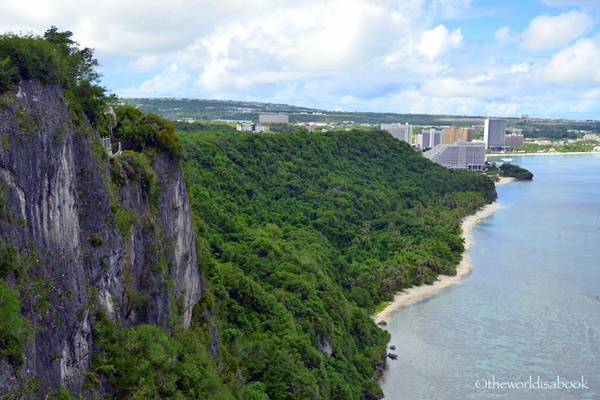
With its tropical climate, clear waters, world-class hotels, great tax-free shopping and endless activities, Guam is a major tourist destination around the Southeast Asia region. It is the epitome of a resort island. Tourism has been the main industry for years.
KMART IS KING
While Kmart may not be as popular anymore in the mainland USA, it’s still the place for locals and tourists to shop on the island. Guam’s shopping scene of duty-free shops and high-end stores is one of its attractions but Kmart still has the best-valued items and is a great place to buy souvenirs.
MILITARY PRESENCE
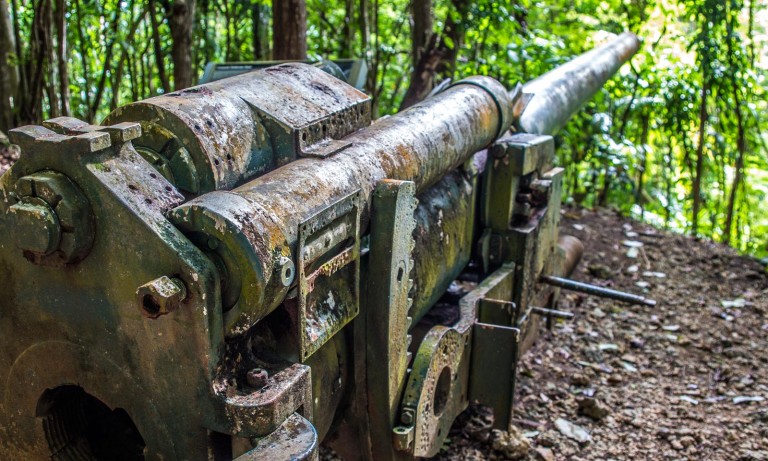
Due to its strategic location in the Pacific, the United States military presence has always been huge on the island. The military has a quarter of Guam’s land with its Naval and Air Force bases. Though, there is a build-up of Marines plus their families moving here within the next few years. Many of Guam’s sons and daughters are veterans and active military including many of my family and friends.
OFF-ISLAND FESTIVITIES
If these interesting things about Guam have piqued your interest about the island, its people and culture, these are a couple of annual festivals in Southern California worth attending if you’re in the area. It’s a great way to sample some food and experience the culture. The Pacific Islander Festival in September is a great way to learn about many of the other islands’ cultures. Our favorite is the Chamorro Cultural Fest in March.
If you’re near any of these cities, you can visit one of these restaurants that serve Guam food.
Guahan Grill – Oceanside, CA (north San Diego)
Chamorro Grill – San Diego, CA
Red Rice – Las Vegas, NV
Boka Chamoru BBQ – San Jose, CA
Prubechu – San Francisco, CA
If you’re from Guam and want to belong to a great Facebook community, check out: https://www.facebook.com/GuamIsWhereIComeFrom








